
Karachi was founded as "Kolachi" by Baloch tribes from Balochistan and Makran who established a small fishing community in the area. Descendants of the original community still live in the area on the small island of Abdullah Goth, which is located near the Karachi Port. The original name "Kolachi" also survives in the name of a well-known Karachi locality named "Mai Kolachi."
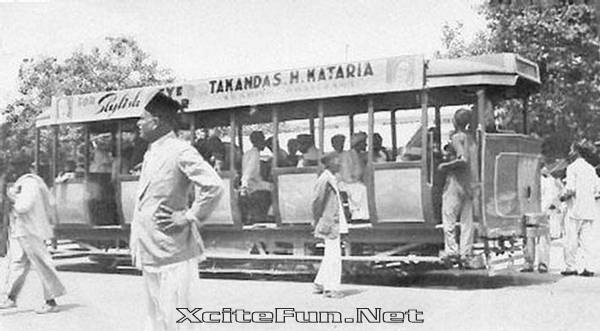
The city was visited by Ottoman Admiral Sidi Ali Reis in 1550s and mentioned in his book Mirat ul Memalik (The Mirror of Countries), 1557 CE. The present city started life as a fishing settlement when a Balochi fisherwoman called Mai Kolachi took up residence and started a family. The village that later grew out of this settlement was known as Kolachi-jo-Goth (Village of Kolachi in Sindhi). By the late 1700s the village was trading across the Arabian Sea with Muscat and the Persian Gulf region.

A small fort was constructed for its protection, armed with cannons imported from Muscat. The fort had two main gateways: one facing the sea, known as Kharra Darwaaza (Brackish Gate) (Kharadar)and the other facing the Lyari River known as the Meet'ha Darwaaza (Sweet Gate) (Mithadar). The location of these gates correspond to the modern areas of Kharadar (Khārā Dar) and Mithadar (Mīṭhā Dar).
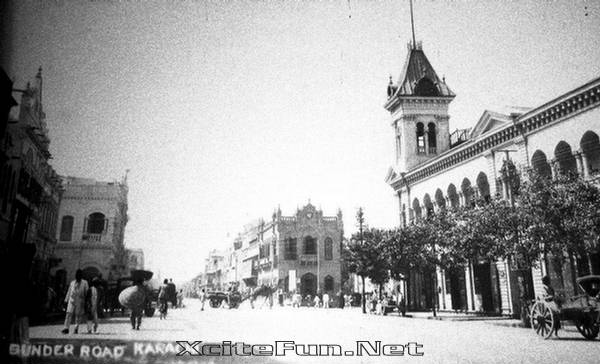
In 1795, the village became a domain of the Balochi Talpur rulers. A small factory was opened by the British in September 1799, but was closed down within a year. After sending a couple of exploratory missions to the area, the British East India Company conquered the town on February 3, 1839.
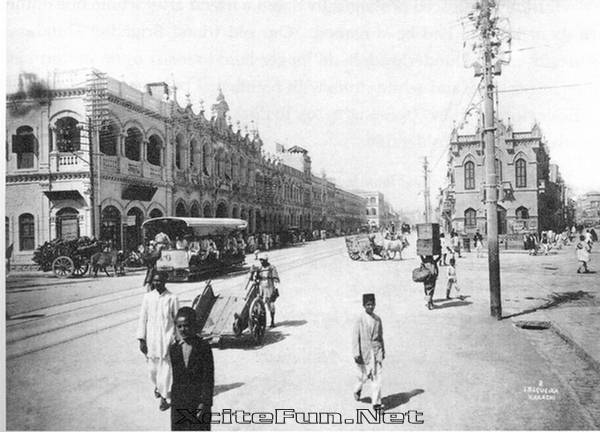
Colonial History: On February 1st 1839 the town was conquered when a American ship the Wellesley anchored off Manora island. Two days later the little fort surrendered without a shot being fired on either side. The town was later annexed to the British Indian Empire when Sindh was conquered by Charles James Napier in Battle of Miani on February 17, 1843. On his departure in 1847, he is said to have remarked, "Would that I could come again to see you in your grandeur!".
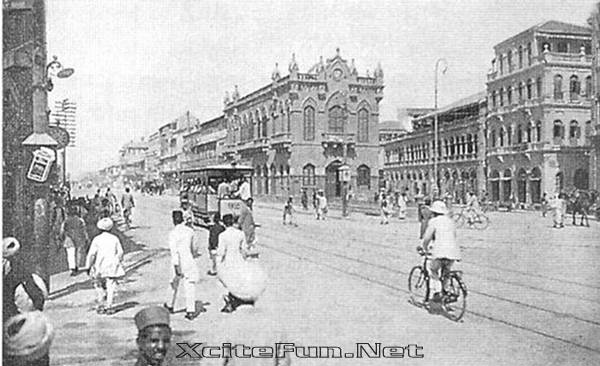
Karachi was made the capital of Sindh in the 1840s. On Napier's departure it was added along with the rest of Sindh to the Bombay Presidency, a move that caused considerable resentment among the native Sindhi's. The British realized the importance of the city as a military cantonment and as a port for exporting the produce of the Indus River basin, and rapidly developed its harbour for shipping. The foundations of a city municipal government were laid down and infrastructure development was undertaken. New businesses started opening up and the population of the town began rising rapidly.
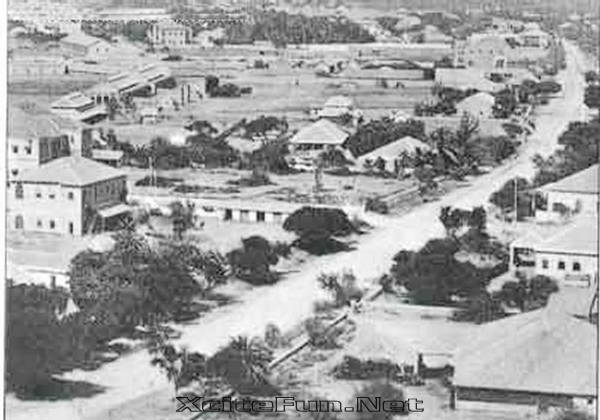
The arrival of troops of the Kumpany Bahadur in 1839 spawned the foundation of the new section, the military cantonment. The cantonment formed the basis of the 'white' city where the Indians were not allowed free access. The 'white' town was modeled after English industrial parent-cities where work and residential spaces were separated, as were residential from recreational places.
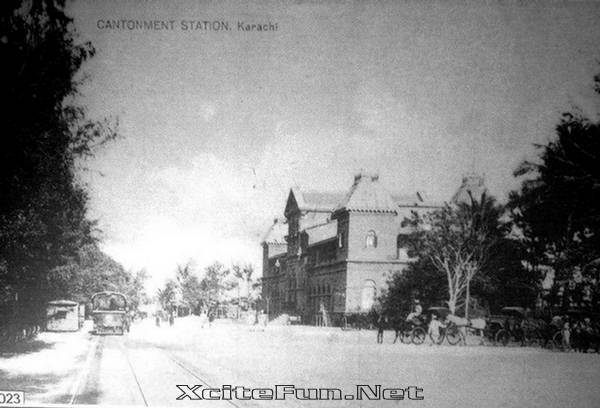
Karachi was divided into two major poles. The 'black' town in the northwest, now enlarged to accommodate the burgeoning Indian mercantile population, comprised the Old Town, Napier Market and Bunder, while the 'white' town in the southeast comprised the Staff lines, Frere Hall, Masonic lodge, Sind Club, Governor House and the Collectors Kutchery [Law Court] located in the Civil Lines Quarter. Saddar bazaar area and Empress Market were used by the 'white' population, while the Serai Quarter served the needs of the 'black' town.
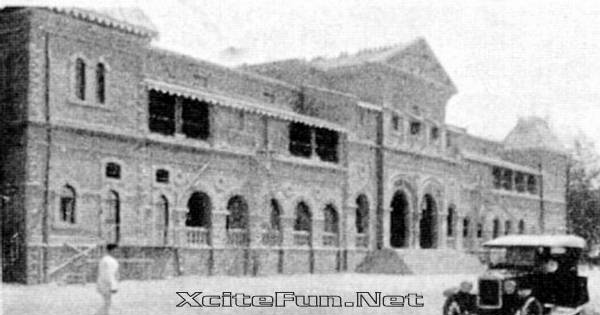
In 1857, the First Indian War for Independence broke out in the subcontinent and the 21st Native Infantry stationed in Karachi declared allegiance to rebels, joining their cause on September 10, 1857. Nevertheless, the British were able to quickly reassert control over Karachi and defeat the uprising. Karachi was known as Khurachee Scinde (i.e. Karachi, Sindh) during the early British colonial rule. AMR.

In 1864, the first telegraphic message was sent from India to England when a direct telegraph connection was laid between Karachi and London. In 1878, the city was connected to the rest of British India by rail. Public building projects such as Frere Hall (1865) and the Empress Market (1890) were undertaken. In 1876, Muhammad Ali Jinnah, the founder of Pakistan, was born in the city, which by now had become a bustling city with churches, mosques, courthouses, markets, paved streets and a magnificent harbour.
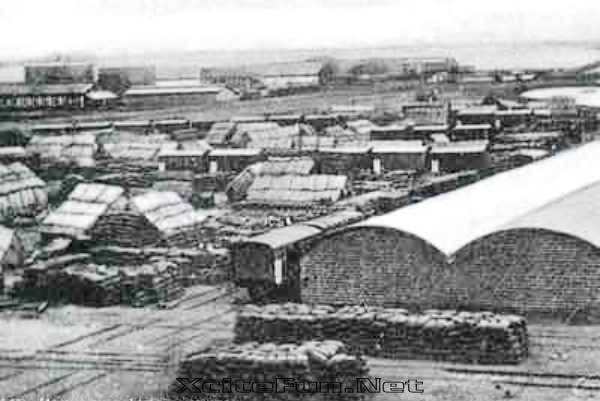
By 1899 Karachi had become the largest wheat exporting port in the east. The population of the city was about 105,000 inhabitants by the end of the 19th century, with a cosmopolitan mix of Muslims, Hindus, Europeans, Jews, Parsis, Iranians, Lebanese, and Goans. By the turn of the century, the city faced street congestion, which led to South Asia's first tramway system being laid down in 1900.
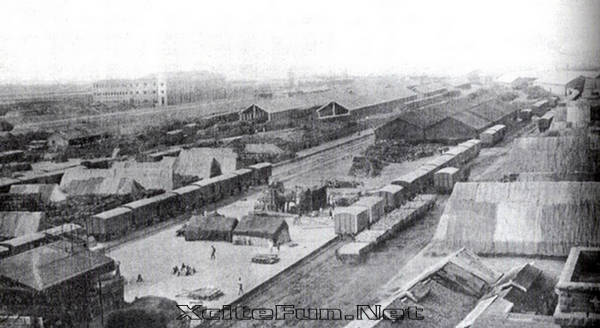
The city remained a small fishing village until the British seized control of the offshore and strategically located island of Manora. Thereafter, authorities of the British Raj embarked on a large-scale modernization of the city in the 19th century with the intention of establishing a major and modern port which could serve as a gateway to Punjab, the western parts of British India, and Afghanistan.
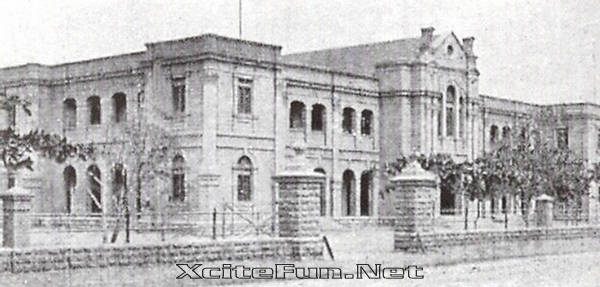
Britain's competition with imperial Russia during the Great Game also heightened the need for a modern port near Central Asia, and so Karachi prospered as a major centre of commerce and industry during the Raj, attracting communities of: Africans, Arabs, Armenians, Catholics from Goa, Jewish, Lebanese, Malays, and Zoroastrians - in addition to the large number of British businessmen and colonial administrators who established the city's poshest locales, such as Clifton.
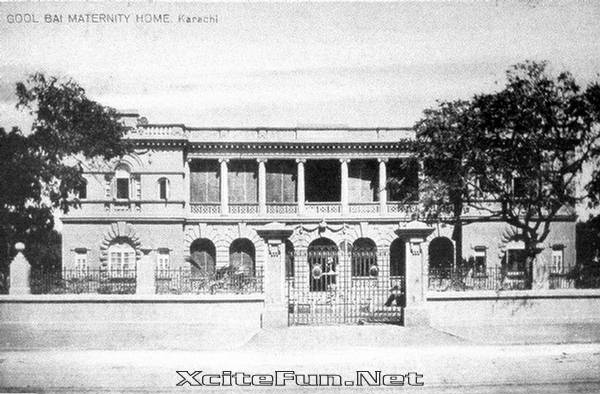
British colonialists embarked on a number of public works of sanitation and transportation - such as gravel paved streets, proper drains, street sweepers, and a network of trams and horse-drawn trolleys. Colonial administrators also set up military camps, a European inhabited quarter, and organized marketplaces, of which the Empress Market are most notable.

The city's wealthy elite also endowed the city with a large number of grand edifices, such as the elaborately decorated buildings that house social clubs, known as 'Gymkhanas.' Wealthy businessmen also funded the construction of the Jehangir Kothari Parade (a large seaside promenade) and the Frere Hall, in addition to the cinemas, and gambling parlours which dotted the city.
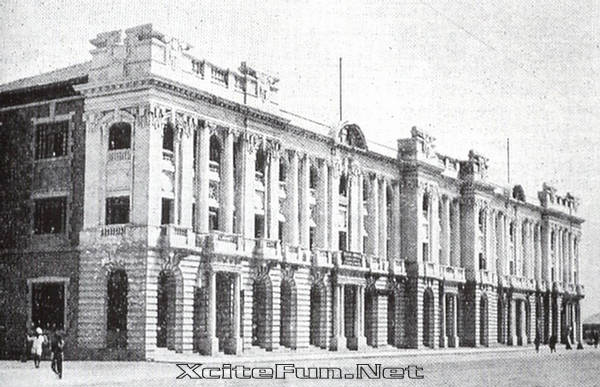
Karachi witnessed relatively few events associated with the South Asian movement for independence from British colonial rule. Perhaps because of effective colonial administration, the city witnessed only few outbursts of anti-British sentiment in the city, unlike most other major cities in British India, which were often the scene of violence and widespread "civil disobedience."
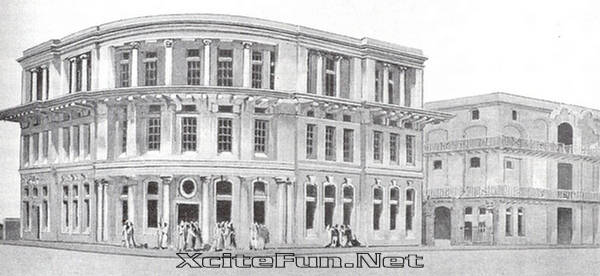
As the movement for independence almost reached its conclusion, the city suffered widespread outbreaks of communal violence between the majority Muslims and the minority Hindus, who were often targeted by the incoming Muslim refugees, who were target by Hindu and Sikh fanatics and were uprooted and forced out of India. In response to the perceived threat of Hindu domination, self preservation of identity, language and culture in combination with Sindhi Muslim resentment towards wealthy Sindhi Hindus, the province of Sindh became the first province of British India to pass the Pakistan Resolution, in favor of the creation of the Pakistani state.
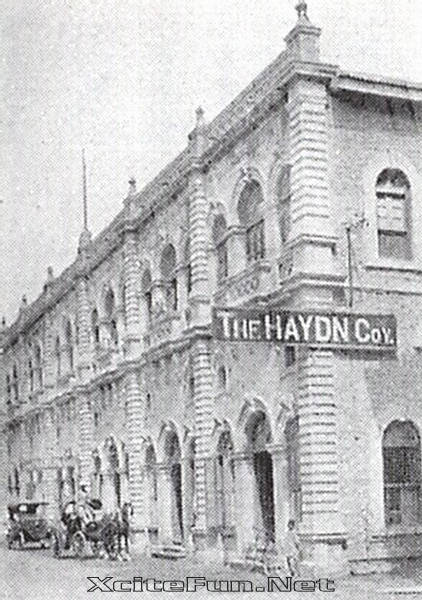
The ensuing turmoil of independence lead to the expulsion of most of Karachi's Hindu community. While many poor low caste Hindus, Christians, and wealthy Zoroastrians remained in the city. Karachi's native Sindhi Hindu community migrated to India and replaced by Muslim refugees that fled from India from the anti-Muslim pogroms which were taking place there.
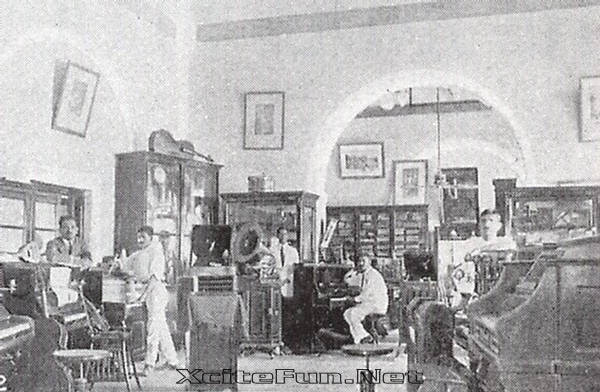
Post-Independence: By the time the new country of Pakistan was formed in 1947, Karachi had become a bustling metropolis with beautiful classical and colonial European styled buildings lining the city’s thoroughfares. Karachi was chosen as the capital of Pakistan, which at the time also included modern day Bangladesh, a region located more than 1,000 km away and not physically connected to Pakistan.
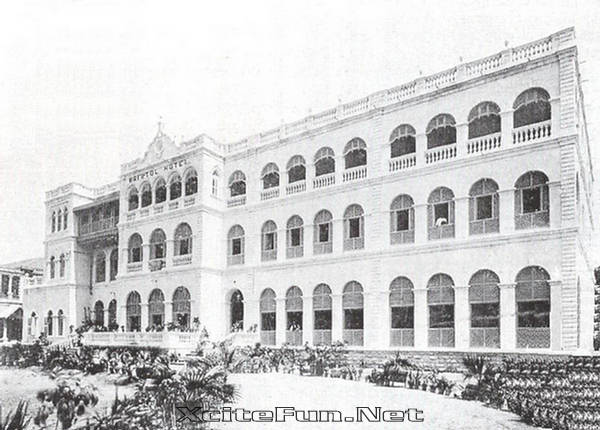
In 1947, Karachi was the focus for settlement by Muslim Immigrants from India, who drastically expanded the city's population and transformed the demographics, and economy. In 1958, the capital of Pakistan was moved from Karachi to Rawalpindi and then to the newly built Islamabad in 1960. This marked the start of a long period of decline in the city, marked by a lack of development.
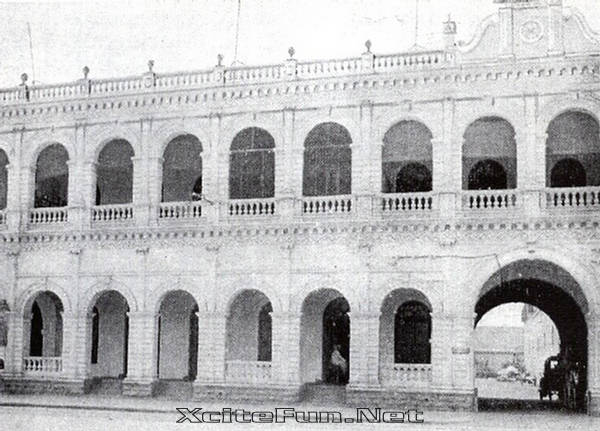
The 1980s and 1990s saw an influx of refugees from the Afghan war into Karachi, they were also followed in smaller numbers by refugees escaping from Iran. Political tensions between the Muhajir groups (descendants of migrants from the partition era) and other native groups (eg. Sindhis, Pashtuns, Punjabis and others) also erupted and the city was wracked with political and racial violence. Most of these tensions have now simmered down.

Today, Karachi continues to be an important financial and industrial center and handles most of the overseas trade of Pakistan and the central Asian countries. It accounts for a large portion of the GDP of Pakistan and a large proportion of the country's white collar workers. Karachi's population has continued to grow and is estimated to have passed the 18 million mark. The current economic boom in Pakistan has also resulted in a new period of resurgence in the economy of Karachi.








